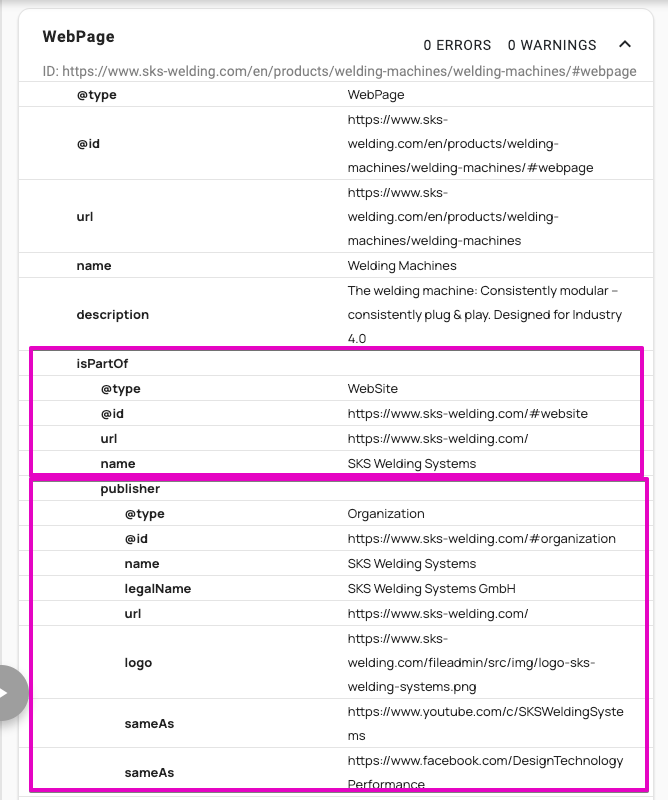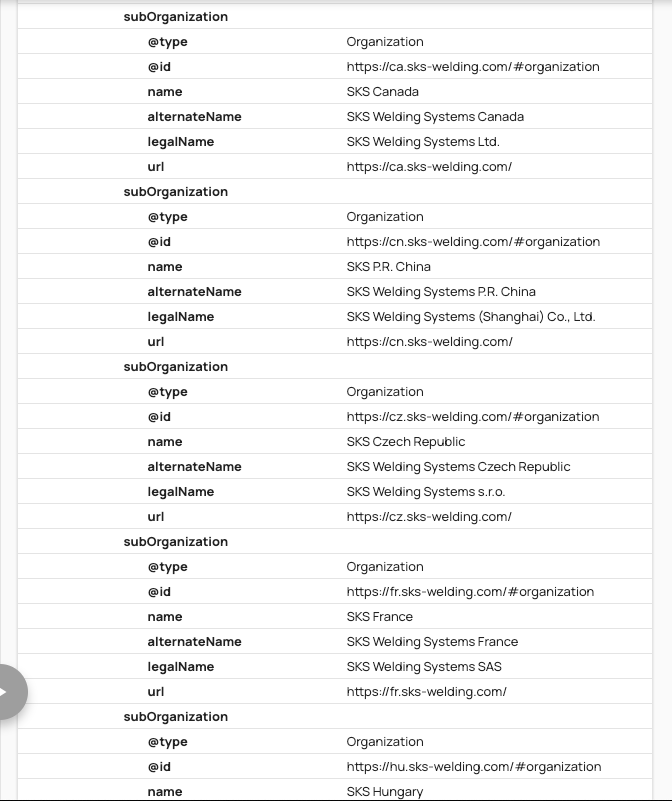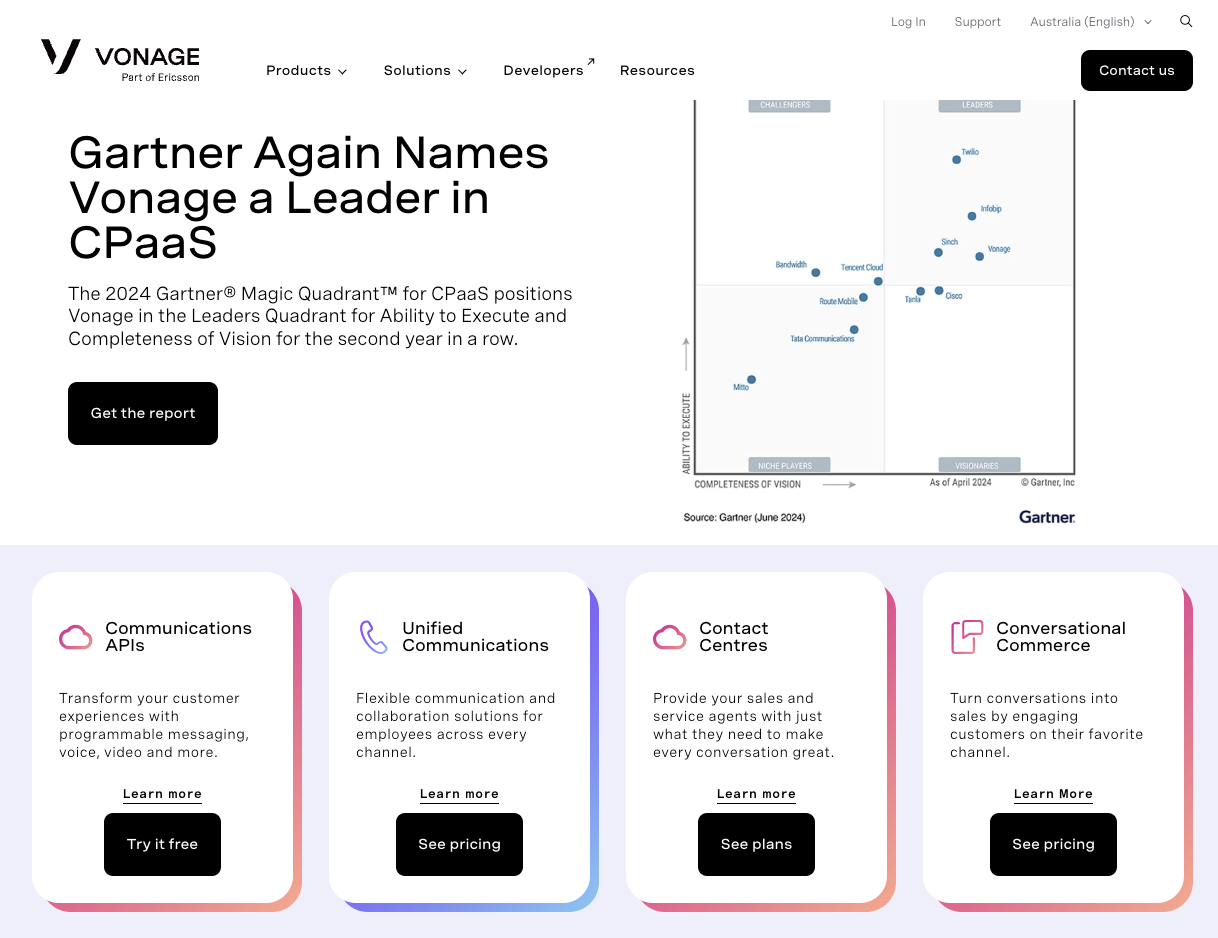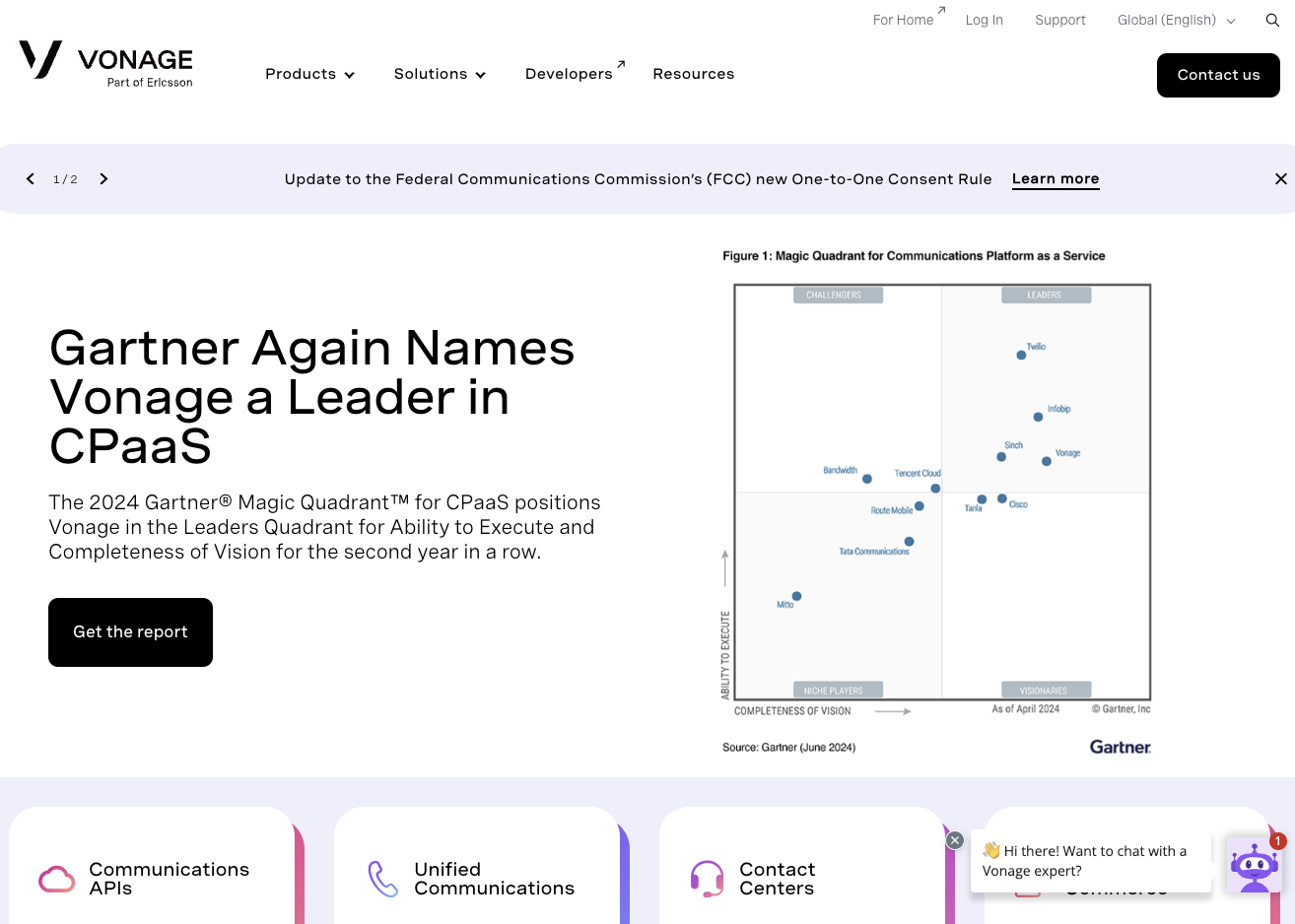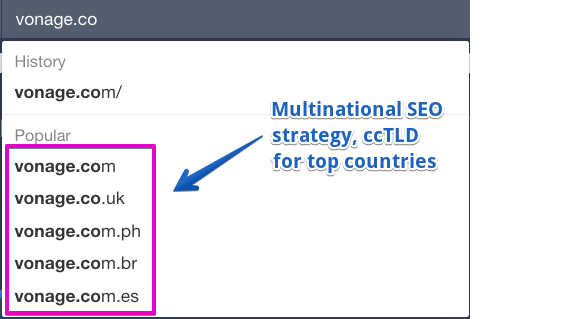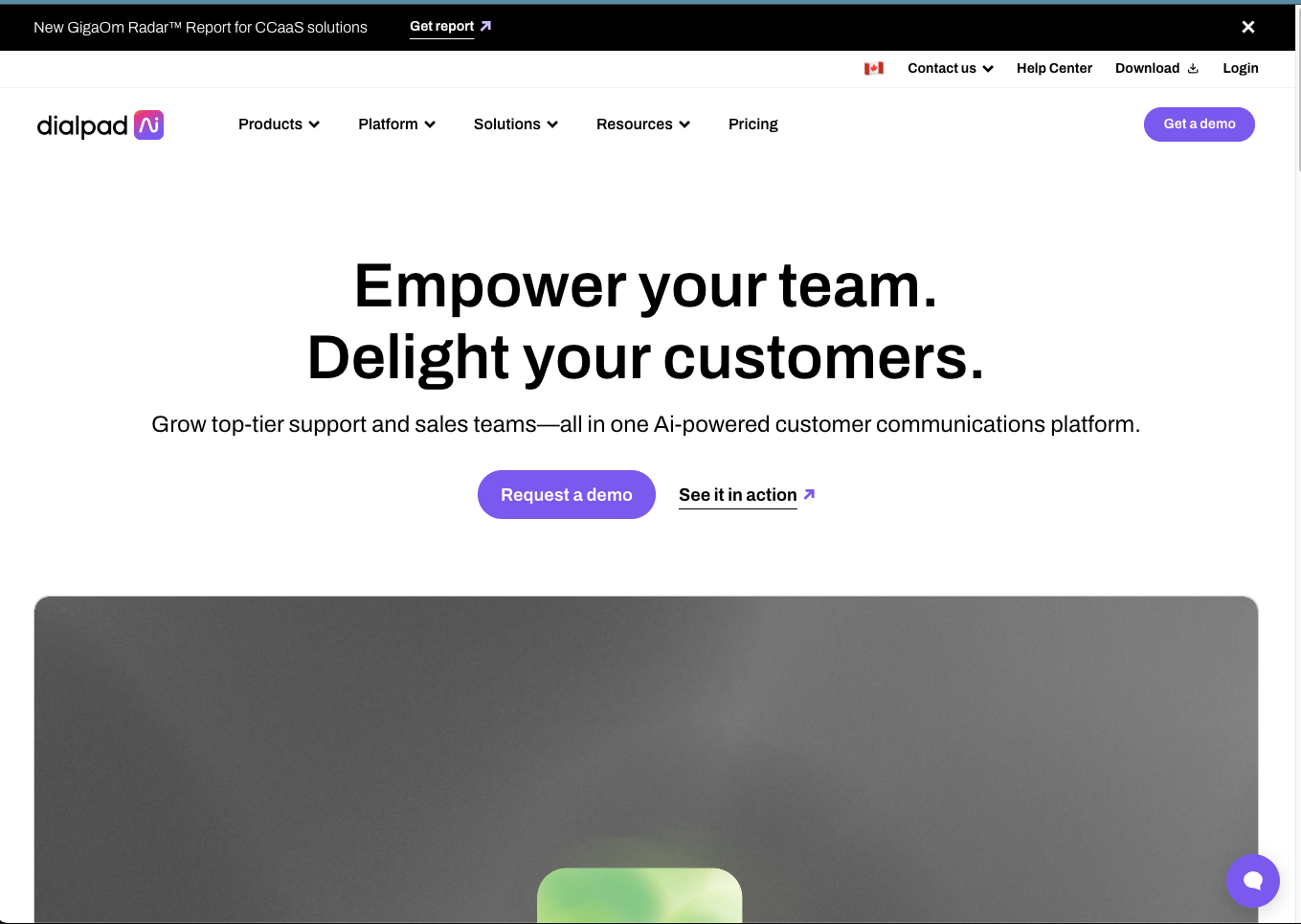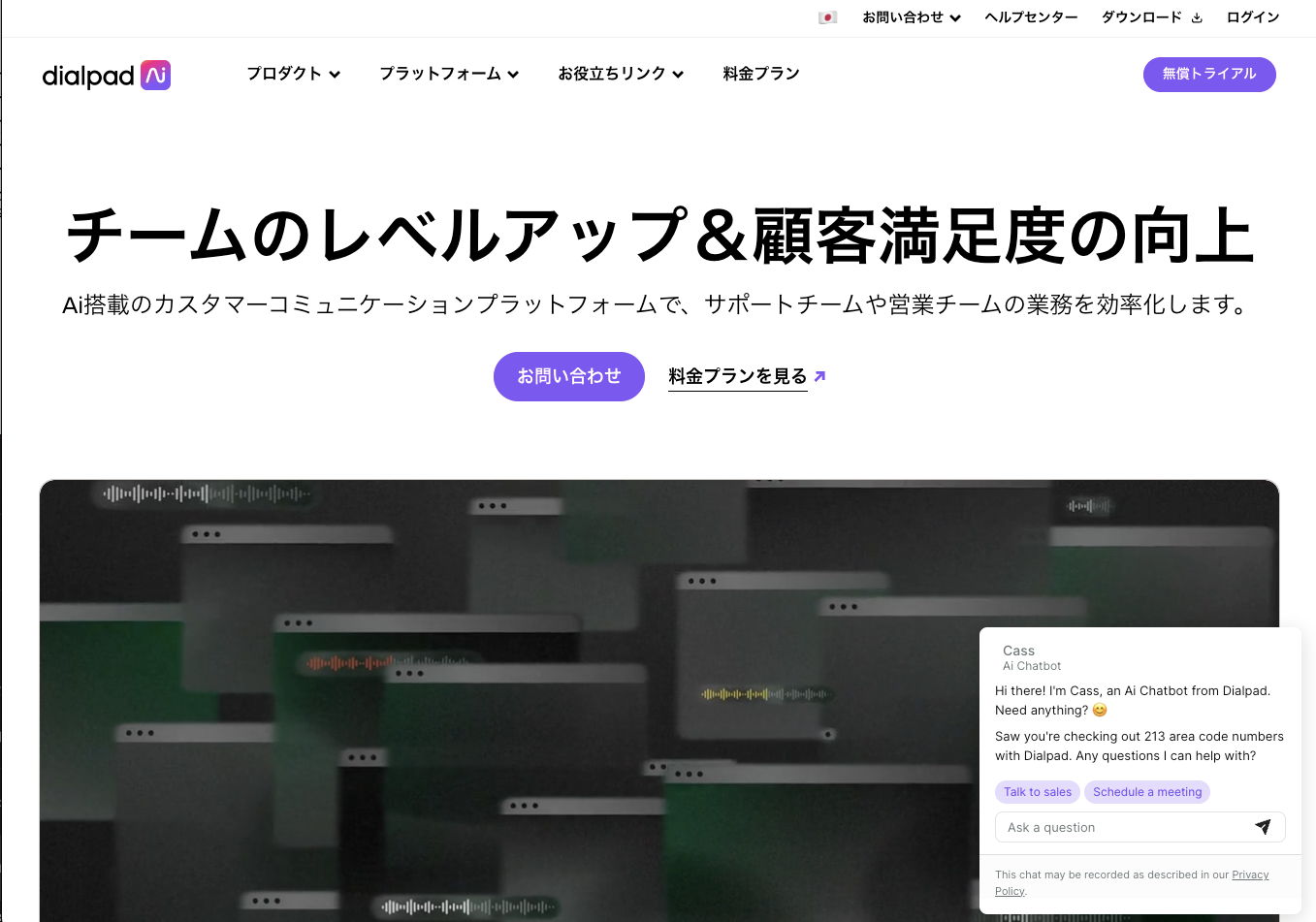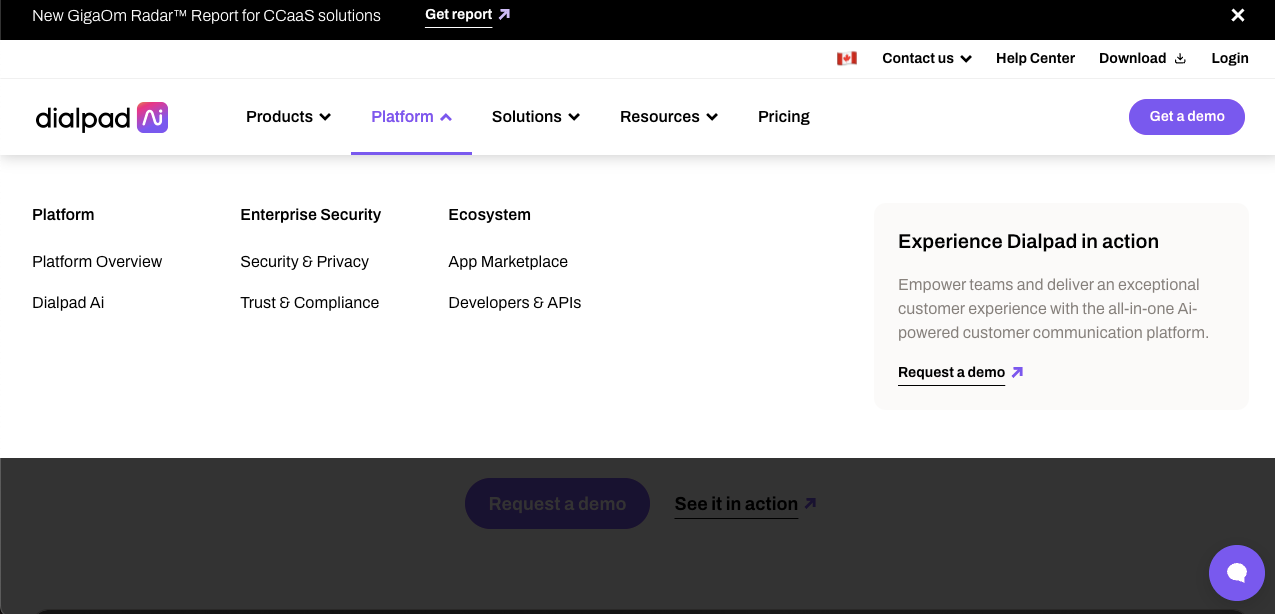International SEO Strategies + Best Practices (2025)
This international SEO guide includes:
- The basics of international and global SEO
- Common URL structures for international sites
- Sample content strategies for a global SEO campaigns
- The top foreign social platforms for content marketing
- An "International SEO Checklist" to summarize the guide
- ... and more
There is no AI-generated text here. The knowledge shared in this guide was acquired through experience and experimentation, not by consulting an AI tool, and I'm sharing these global SEO strategies with you in my own words. Please enjoy the most useful anecdotes of from my SEO career.
-CK
International SEO in 2025
SEO as a function evolved dramatically last year. This is especially true for international SEO strategies, thanks to the introduction of AI tools.
When I was a kid in the 90s, the great promise of technology was that innovation “will bring the world closer together.” Only recently am I starting to see this promise come true – specifically with the development of LLMs and AI translation tools.
Now, if it’s written down and digitized, AI translation makes it accessible to anyone of any language. If you can create a landing page in English, you can create it in at least 50 other languages that same day. These tools are even being embedded on social platforms, making real-time messaging with a “global village” of languages possible.
This guide will walk you through best practices for international SEO, covering everything from URL structures, global content marketing, hreflang implementation, and more. Let’s make your website rank where it matters!
International SEO 101
Understand the foundations of international SEO.
What is International SEO?
International SEO is the process of optimizing your website for different languages, regions, and search engines. It ensures that your content is discoverable by users in specific countries and languages, driving relevant traffic to your business.
To understand international SEO, it's important to distinguish between national, multinational, multilingual, and multinational + multilingual strategies:
| National SEO | Targeting a specific country without multiple language versions. | A Canadian ecommerce store ranking well in Canada but not internationally. |
| Multinational SEO | Optimizing for multiple countries, often using country-specific domains. | A U.S.-based brand with separate websites for the UK, Germany, and Australia (ex. Vonage). |
| Multilingual SEO | Targeting multiple languages within a single country or globally. | A Swiss company offering pages in German, French, and Italian, and English. |
| Multinational + Multilingual SEO | Combining both country and language-specific targeting. | An international B2B manufacturer with a dedicated subdomains for French, Italian, and German content. |
Many SEO experts start overthinking it here... Most companies need a single top-level domain (TLD), which they then want to optimize for a global audience. In most cases, even a "global SEO strategy" should begin with a multinational focus in one language. As you make progress, experiment with multilingual content and SEO strategies.
URL Structures for International SEO
What kind of URLs do the best global websites use? What's the best URL structure for multilingual SEO? Let's review.
Choosing the right URL structure is arguably the most critical early decision for an international SEO stratgy. Why? Because this is a huge ranking factor, and it is very difficult to change your mind about URL structure once you have already created several pages or, even more complicated, subdomains or ccTLDs.
Different structures tell search engines how to interpret your content for different languages and regions.
Here’s an explainer of the most common URL structures for international websites (real life examples are included in the next section):
| ccTLD (Country Code Top-Level Domain) | example.fr (France) | Strong geotargeting, clear to users and search engines | Requires dedicated SEO campaigns (and tracking) for each domain, expensive |
| gTLD (Generic Top-Level Domain) + Subdirectory | example.com/fr/ | Easier to manage, domain authority is shared | Weaker geotargeting compared to ccTLDs |
| gTLD + Subdomain | fr.example.com | Allows regional customization, separate server locations possible | Harder to build domain authority for each subdomain |
| ccTLD + Subdomain | fr.example.fr | Clear for users, strong geotargeting | Complex to manage, high cost |
| gTLD with URL Parameters | example.com?lang=fr | Easy to implement | Not recommended for SEO; harder for search engines to crawl |
For most businesses, the subdirectory method (example.com/fr/) is the best balance between effective SEO and reasonable, scalable workflows. However, ccTLDs (example.fr) are ideal for companies targeting separate countries with unique branding or regulations.
What the best URL structure for global SEO?
In my experience, 95% of websites are best served with a gTLD (Generic Top-Level Domain) + Subdirectory. This URL structure is easy to implement, easy to manage, easy to track, and it’s intuitive for a global audience.
What does this look like? Let’s use a fake website name and a “Malaysia” subdirectory as our example:
- example.com/ma
- example.com/ma/international-seo
- example.com/ma/global-seo
- example.com/ma/seo-service-malaysia
- example.com/ma/china-seo
In the next section, let’s look at 4 examples of international URL structures being used by global companies.
Examples of International SEO
What kind of URLs do the best global websites use? What's the best URL structure for multilingual SEO? Let's review.
The following four companies each use a different URL structure on their website. Let’s review the differences and comment on their strategies.
SKS (international subdomains example)
SKS Welding uses gTLD + Subdomain URL structure. Managing this URL structure across many country-level domains would be a challenge… but they are doing it well! There must be some strong website developers working there. If you are an international company looking for an advanced schema markup template, I recommend using SKS as your example.
Vonage (multinational SEO example)
Vonage’s main website is a gTLD, but they maintain multiple ccTLD for countries like Australia and the Philippines. This takes significant effort, but it gives them a significant advantage when competing for Australian searches. Google treats these as separate domains… the links Vonage builds to one domain do not affect the Domain Rating of the other.
Dialpad (global SEO example: gTLD + subfolders)
DialPad is dominating their SaaS niche with a global content strategy I love (I’m publishing a video about it soon, follow me on YouTube or Linkedin). They use a simple subfolder strategy for their URL structure. They are employing a powerful international SEO strategy with their landing pages, let’s check it out.
CK's Global SEO Strategy
The latest and greatest in international SEO strategies has to include video content. Otherwise, we will forever be competing for a decreasing share of the content-consuming market. AI translation tools aren’t just for optimizing your text-based content for global SEO, they now work for video too.
I cover what the workflow may look like for an international content sprint in my latest video. The video will be embedded below this text within 7 days.
Multinational + Multilingual SEO (Content Marketing)
Best practices and hard-learned advice for multinational and multilingual SEO, including modern content strategies that are working in 2025.
Let's discuss content strategies and tactics you can use for global SEO. You should prioritize your international SEO content the same way you would with any other new website:
- Start with your most important brand and product landing pages (products, features, use-cases, about us, terms of service, pricing, etc.)
- Next, focus on bottom-funnel content (competitor comparisons, price guides, case studies)
- Mix in top and mid-funnel content and link content together. Do not link to content in different languages.
Start with BOFU content. Landing pages for your products, services, and use-cases. Competitor comparisons, pricing comparisons, guides, FAQs.
- Do your best! The world is full of people who appreciate you making the effort. This goes a long way in making an impression in foreign language markets, especially in Asia.
Your First Global Content Strategy
You know global SEO could lead to ridiculously good results for your company... but there are so many steps, and the time requirement is daunting. Many SEO experts get stuck here (including me, it's called paralysis by analysis). But we don't see to overcomplicate this... if the last few sentences resonated with you, consider using following this process to get started with global SEO:
- Choose your target country / language.
- Identify your top landing pages and blogs for translation (Batch 1).
- Create a subfolder in your URL structure for your target countries.
- Upload your translated SEO content into the appropriate subfolders.
- Track Batch 1 for 60-90 days.
- Having success? Scale this strategy by adding more pages to each subfolder, or by adding a new country-level subfolders.
- Don't forget to updated your page on some routine. And no matter how good batch 1 is, I always recommend a round of "quick win" updates after 3-6 months. Updates will be based on keyword data discovered in search console and user experience metrics.
- Focus on sincerity! The world is full of people who appreciate you making the effort to cross the language barrier, even if you make mistakes. This goes a long way in making an impression in foreign language markets, especially in Asia.
Best Foreign Social Platforms for Content Sharing
To keep up with modern times, today’s SEO expert embraces social media content. Posting on social media will help content on your website rank better in Google. But social media platforms are also stealing users from Google, acting as search engines themselves.
Do you only search on Google? No! If you’re like most Americans and Europeans, some percentage of your searches happen on YouTube, TikTok, LinkedIn, X, or forums like Quora and Reddit.
International search is just the same. Here are the foreign social media apps you should consider as channels for content, listed by country or region:
Best Chinese apps for SEO content include:
- Xiaohangshu / Rednote (小红书): A video and text-based content sharing platform with over ___ million users. It’s like TikTok but better for B2B, mainly due to the average education level of its users (this is an intellectual crowd). You can add website links here.
- Douyin (抖音) – The Chinese version of TikTok, known for short videos and live streaming.
- Weibo (微博) – A microblogging platform similar to Twitter. Weibo is convenient for international link building.
Out of all the regions discussed in this guide, Chinese SEO campaigns require the most extra work. But it's such a strong and growing market, it feels silly not to consider taking the extra steps. Subscribe to the blog or follow me on Linkedin for advanced China SEO tips.
The best Japanese apps for SEO content are:
- LINE VOOM – A content-sharing platform linked to the popular messaging app LINE.
- Pixiv – A social network focused on artists and illustrators. Consider this for creative B2C clients.
- Mixi – A long-standing Japanese social media platform with communities and discussion forums. Another convenient link building platform for foreign domain links.
Japanese SEO strategies are complex, but significantly easier to implement than a campaign in China. Subscribe to the blog or follow me on Linkedin for advanced SEO tips related to Japan.
The best Korean apps for SEO content include:
- KakaoStory – A lifestyle-sharing platform integrated with KakaoTalk.
- Naver Blog & Band – Naver’s blog-based social platform and group community app. If I were working for a B2B company selling into Korea, then I would be building international links for SEO here.
The best Russian apps (which are also popular in Eastern Europe) for SEO content include:
- VK (VKontakte) – Russia’s version of Facebook, widely used across CIS countries. This is likely your best platform for SEO content targeting Russian-speakers.
- Odnoklassniki (OK dot ru) – A content-sharing platform for reconnecting with old classmates and friends.
The most useful Indian social platforms (which are also popular in Southern Asia and Africa) for SEO content include:
- ShareChat – A regional language social platform with short videos, memes, and chatrooms.
- Moj – A short-video app similar to TikTok, popular in India.
The best social media apps for Arabic-focused content and link building include:
- Yalla – A voice-centric social networking app with group chats and live rooms.
- Whale Cloud (By Alibaba) – A rising platform focused on e-commerce and content-sharing.
The best social media apps Brazil and Spanish-speaking SEO content include:
- Kwai – A short-video and live-streaming platform popular in Brazil and Spanish-speaking countries.
- Taringa! – An Argentine social network based on discussions, content-sharing, and microblogging. You see the word blogging? That’s how you know it’s worth looking at for global link building.
The best social media apps for Africa-focused content and link building include:
- Ayoba – A messaging and content-sharing app backed by MTN, popular in African countries.
- Mdundo – While primarily a music-sharing platform, it has strong social engagement features.
- Eskimi – A mobile-first social network with a strong focus on marketing and advertising.
Some of the best content-sharing platforms in Asia include:
- Zalo (Vietnam) – A messaging and social media app with over 70 million users, strong for business marketing.
- Kumu (Philippines) – A live-streaming platform that integrates social gaming and e-commerce.
Kumu is strong for B2C, Zalo is strong for B2B and B2C.
- Bip (Turkey) – A social networking and messaging app, popular in Turkey and Central Asia.
- HABER+ (Turkey) – A news-driven social media app with strong user discussions.
Some of the best European platforms for German, French, or English content:
- Xing (Germany, DACH region) – A professional networking platform similar to LinkedIn.
- Vero (UK/Europe) – A niche, ad-free social media app for creators and brands.
- Skyrock (France) – A social networking and blogging platform popular among younger users.
- Viadeo (France & Francophone countries) – A LinkedIn alternative focused on networking and business opportunities in French-speaking regions.
Global platforms to know for SEO content
We covered Asia in detail and even some European-focused platforms, but is that all? Where does most SEO content live for Germany, France, the Scandinavian countries, the Commonwealth, and India?
Often, the answer is a global platform dominated by one language (English), but popular in many regions.
Good examples to know for international B2B SEO include:
- Hacker News (Global, strong in the US & India): A community for tech and startup discussions.
- Dev.to (Global, but strong in Europe & North America): A social network for software developers.
- Stack Overflow (Global): While primarily a Q&A site, it has social networking features with communities and discussions.
- Mastodon (Decentralized, Germany-based but used globally): A Twitter alternative with different servers based on interests.
- WT.Social (US-based but international reach): Wikipedia’s attempt at a non-toxic, ad-free social platform.
hreflang for Multilingual SEO
It wouldn't be an international SEO guide if I didn't briefly cover hreflang tags and how to use for language-based targeting (multilingual SEO).
Use hreflang for language targeting
The hreflang attribute is crucial for international SEO because it tells search engines which language and regional versions of your content exist. Without hreflang, search engines might serve the wrong language version to users, hurting your rankings and user experience.
Why hreflang matters for international SEO
- Prevents duplicate content issues for multilingual pages
- Directs users to the correct language version
- Improves engagement by reducing bounce rates from mismatched content
How to implement hreflang
In the HTML Head:
html
CopyEdit
<link rel="alternate" hreflang="fr" href="https://example.com/fr/" />
<link rel="alternate" hreflang="en" href="https://example.com/en/" />
In HTTP Headers (for non-HTML files like PDFs):
bash
CopyEdit
Link: <https://example.com/fr/>; rel="alternate"; hreflang="fr"
In the XML Sitemap:
xml
CopyEdit
<url>
<loc>https://example.com/fr/</loc>
<xhtml:link rel="alternate" hreflang="fr" href="https://example.com/fr/" />
</url>
Google recommends implementing bidirectional hreflang tags, meaning that if example.com/fr/ references example.com/en/, the English version must also reference the French version.
International SEO Checklist
You don't need to follow every best practice... but the more boxes you check, the better you're likely to rank around the world.
1. Optimize the URL structure
I recommend a ccTLD if you are targeting a specific country (even if you target multiple languages in that country). 95% of companies looking for more "global" traffic should stick with a gTLD and country-specific subfolders in their website architecture.
2. Hreflang
Make sure the hreflang attribute matches the language used on each page.
3. Use a CDN network
An affordable, easy way to improve global SEO... a CDN network helps your website load faster in various countries.
4. Global schema markup
See the SKS example earlier in this article for a master class on schema markup for international SEO.
5. Avoid mixing languages
One language per page. Avoid linking to pages with different languages. In your China subfolder, avoid linking to any websites that are banned in China [Youtube, Reddit, New York Times, Wikipedia, etc.]
6. Get your global SEO content prioritized
Content for international SEO is just like regular SEO. Best practices include targeting a few keywords per page, dedicating a page to each of your top keywords, and prioritize your landing pages and bottom-funnel content early on.
7. Be transparent with AI
It's ok to rely on AI tools for translation, but be transparent when you do. Also, if your product or service requires English knowledge at some point, be transparent about that too. Especially for B2B companies, international customers are accustomed to receiving support and onboarding in English.
The hreflang attribute is crucial for international SEO because it tells search engines which language and regional versions of your content exist. Without hreflang, search engines might serve the wrong language version to users, hurting your rankings and user experience.
Why hreflang matters for international SEO
- Prevents duplicate content issues for multilingual pages
- Directs users to the correct language version
- Improves engagement by reducing bounce rates from mismatched content
International SEO Frequently Asked Questions
Yes, I discuss SEO strategies for manufacturing companies in my 2nd web show. This content will be available publicly on this website and my YouTube channel within two weeks.
Yes, international SEO for SaaS and ecommerce are actually my specialties. At least those are the SEO strategies I have the most experience with. You can see me discuss these strategies on YouTube, or bookmark this page and I will upload the video guide in March.
Yes, but SEO in China is much trickier than most places. It will require some kind of infrastructure in China - a server, a phone number, and ideally someone who speaks fluent Chinese. I will publish a dedicated article about Chinese SEO services soon.


